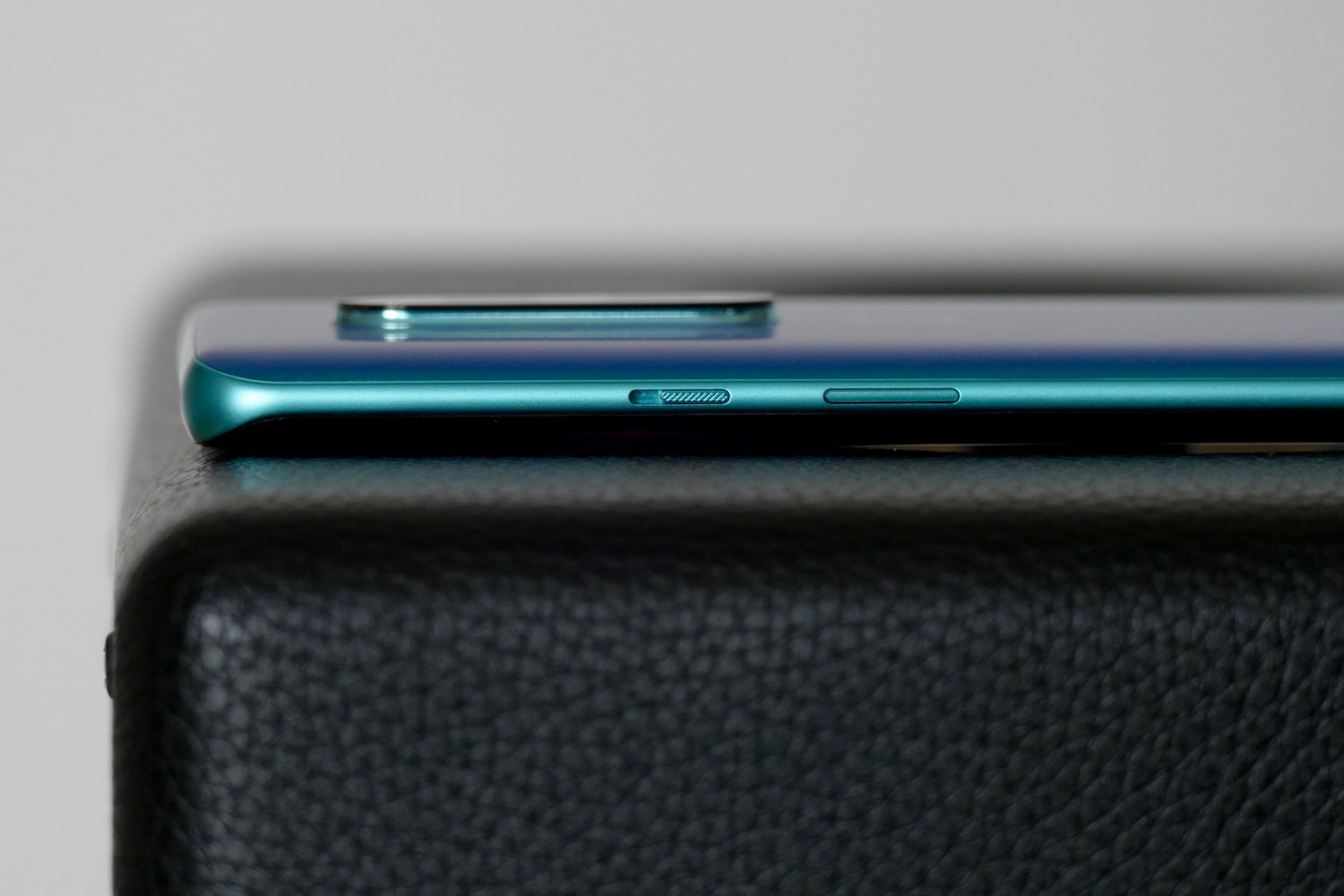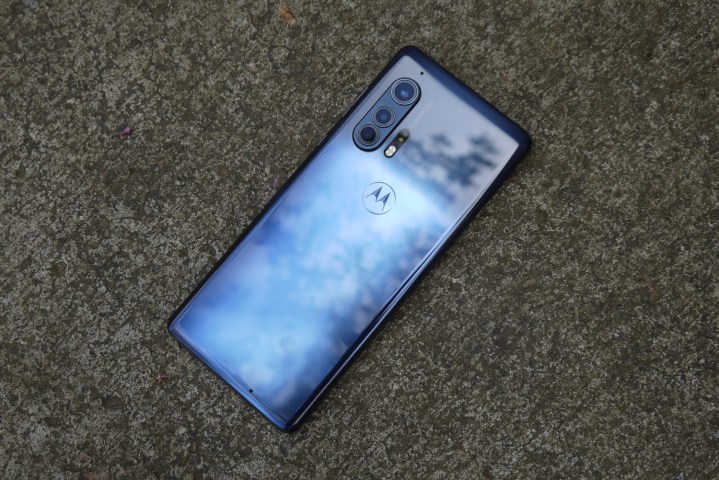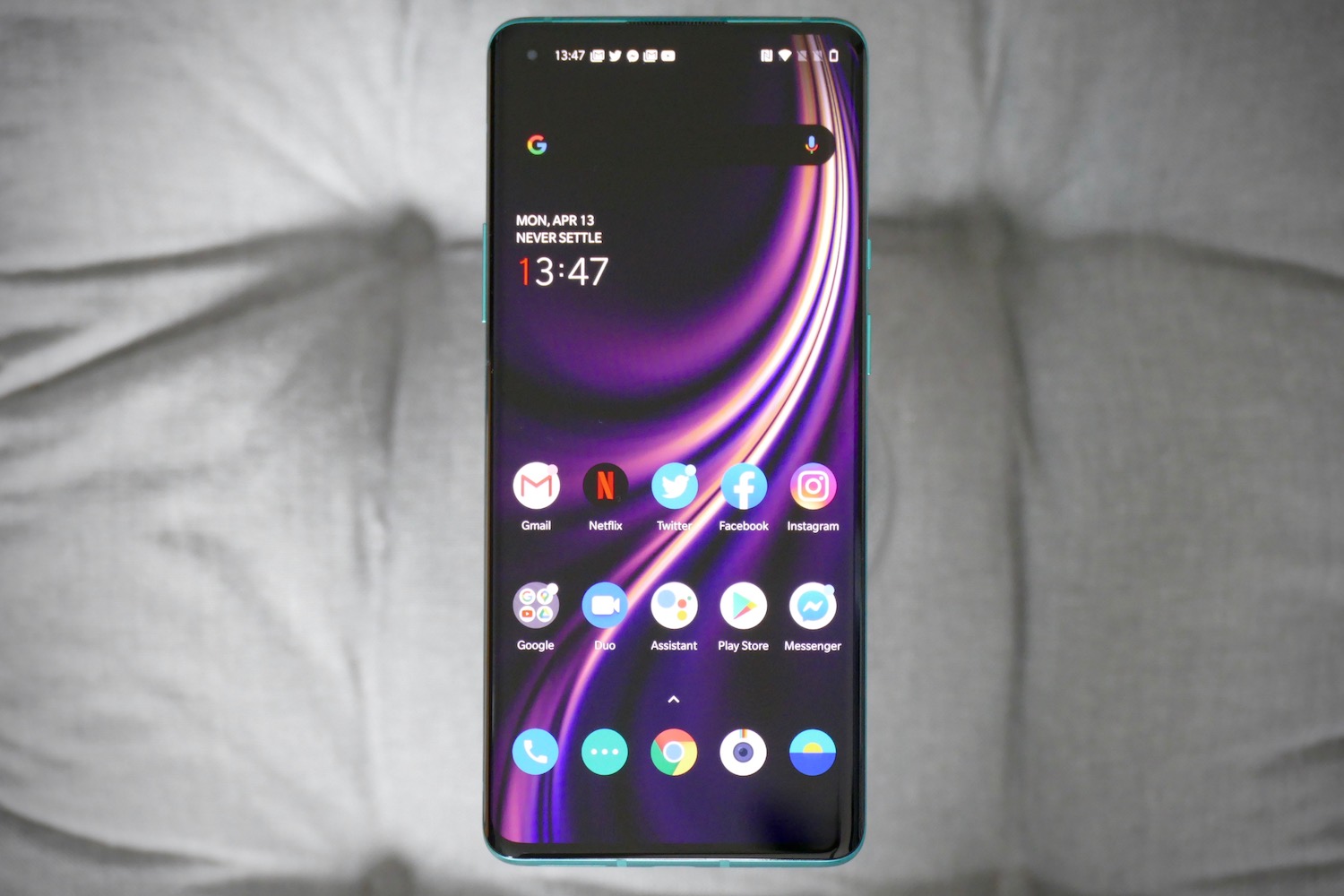The Motorola Edge Plus and the OnePlus 8 Pro are two of the best Android phones out right now. Both arrive at a time of stiff competition for Android smartphones, but both deliver the mobile goods, providing users with excellent performance, sharp displays, powerful quad-lens camera systems, and 5G connectivity.
However, as excellent as both devices are, the question remains: Which is better? In order to resolve this question, we compare the two phones across six categories, testing their displays, performance, cameras, software, special features, and price. Even if you don’t end up agreeing with our final verdict, our analysis should hopefully help you decide which is your preferred smartphone.
Specs
| OnePlus 8 Pro | Motorola Edge Plus | |
| Size | 165.3 x 74.4 x 8.8mm (6.51 x 2.93 x 0.35 inches) | 161.1 x 71.4 x 9.6mm (6.34 x 2.81 x 0.38 inches) |
| Weight | 199 grams (7.02 ounces) | 203 grams (7.16 ounces) |
| Screen size | 6.78-inch AMOLED | 6.7-inch OLED |
| Screen resolution | 3,168 x 1,440 pixels (513 pixels per inch) | 1080 x 2340 pixels, 19.5:9 ratio (385 pixels per inch) |
| Operating system | Android 10; OxygenOS 10 | Android 10 |
| Storage | 128GB, 256GB | 256GB |
| MicroSD card slot | No | Yes |
| Tap-to-pay services | Google Pay | Google Pay |
| Processor | Qualcomm Snapdragon 865 | Qualcomm Snapdragon 865 |
| RAM | 8GB, 12GB | 12GB |
| Camera | 48-megapixel, 8MP telephoto, 48MP ultra-wide, and 5MP Color Filter rear, 16MP front | 108MP, 8MP telephoto, and 16MP ultrawide, time-of-flight 3D rear, 25MP front |
| Video | 4K at 60fps, 1080p at 240fps, 720p at 960fps, Auto HDR | 6K at 30fps, 4K at 30fps, 1080p at 120fps |
| Bluetooth version | 5.1 | 5.1 |
| Ports | USB 3.1, USB C | USB 3.1, USB C |
| Fingerprint sensor | Yes, in-display | Yes, in-display |
| Water resistance | IP68 | No official rating |
| Battery | 4,510mAh
Fast charging (30W) Qi wireless charging (30W) |
5,000mAh
Fast charging (18W) Fast wireless charging (15W) |
| App marketplace | Google Play Store | Google Play Store |
| Network support | All carriers | Verizon |
| Colors | Glacial Green, Ultramarine Blue, Onyx Black | Smokey Sangria, Thunder Grey |
| Prices | $900/$1,000 | $1,000 |
| Buy from | OnePlus, T-Mobile, Verizon, Amazon | Motorola, Verizon |
| Review score | 4 out of 5 stars | 3.5 out of 5 stars |
Design, display, and durability

The OnePlus 8 Pro is an attractively curved and sleek
As for the screens, the OnePlus 8 Pro’s is fractionally bigger, coming in at 6.78 inches, as opposed to 6.7 inches. More significantly, the 8 Pro offers better resolution, at 3,120 x 1,440 pixels compared to the Edge Plus’ 2,340 x 1,080. Even with a slightly larger screen, this means the OnePlus 8 Pro offers roughly 128 more pixels per inch, giving its display noticeably more definition and sharpness. The Edge Plus also offers a refresh rate of only 90Hz, while the 8 Pro manages 120Hz, which again makes its visuals smoother and more seamless. On top of this, the Edge Plus has an unusual 21:9 aspect ratio, which can make viewing videos and playing games sideways a little awkward.
Things also turn out in the OnePlus 8 Pro’s favor when it comes to durability, since only the 8 Pro comes with an IP68 rating, although Motorola offers assurances that the Edge Plus has been tested internally to similar standards.
Winner: OnePlus 8 Pro
Performance, battery life, and charging

When it comes to performance, the OnePlus 8 Pro and the Motorola Edge Plus are nearly identical. Both smartphones run on the Qualcomm Snapdragon 865, which is also what you find on flagships such as the Samsung Galaxy S20 and the Xiaomi Mi 10. That said, the OnePlus 8 Pro comes with 8GB of
Similarly, the 8 Pro offers 128GB of internal storage as standard, while the Edge Plus goes with 256GB. Again, you can spend $1,000 for the version of the 8 Pro with 12GB of
In the battery department, the OnePlus 8 Pro has a beefy 4,510mAh on offer, while the Edge Plus has an even meatier 5,000mAh. Motorola claims that this allows the Edge Plus to last for up to two days without a recharge, and our review did indeed confirm this to be the case, and lighter users may even just about stretch it to three days. The Pro 8 hardly lacks endurance itself, but it can’t quite compare to the Edge Plus.
The OnePlus 8 Pro does better in terms of charging, since it’s capable of fast charging at 30W, while the Edge Plus can muster fast charging only at 18W. It also allows for wireless charging at 30W, while the Edge Plus does only 18W. This arguably cancels out the Edge Plus’ battery capacity advantage, so we’re going to call a tie.
Winner: Tie
Cameras

Both phones come with a triple-lens camera system supplemented by an extra rear-
The inclusion of a 108-megapixel wide lens on the Motorola Edge Plus does allow for more detailed and vibrant pictures than the OnePlus 8 Pro. That said, using all 108-megapixels leaves with you large photos, file size-wise, which can take the Edge Plus longer to process. As for the 8 Pro, its wide lens commands 48-megapixels, which can still take very good pictures and doesn’t overburden the phone computationally. The 8 Pro also provides a 48-megapixel ultrawide lens, as opposed to a 16-megapixel one, while the telephoto lenses of both devices pack eight megapixels apiece. Given this variation, the Edge Plus is better for taking photos at a moderate distance, while the 8 Pro will excel at ultrawide, more panoramic shots.
The Motorola Edge Plus gains a slight edge, however, with its fourth lens. This is a time-of-flight sensor, which senses for depth and which enables more pronounced and dynamic bokeh effects. By contrast, the OnePlus 8 Pro’s fourth rear lens is a 5-megapixel Color Filter camera, which is something of a superficial novelty piece. Still, the camera systems of both phones are very good in their own respects, so this will be another tied round.
Winner: Tie
Software and updates

The One Plus 8 Pro operates on OnePlus’ own Oxygen 10.5 system, which is developed on top of Android 10. It offers a very slick and intuitive user experience, although in some cases navigation can be a tad finicky. Meanwhile, the Motorola Edge Plus simply runs on
Both smartphones are likely to receive updates at around the same time, although this will be borne out further from their release dates. As such, we’re going to be cautious and declare another tie.
Winner: Tie
Special features

The OnePlus 8 Pro and the Motorola Edge Plus both support
Other than that distinction, one other special feature the Motorola Edge Plus offers is its “Endless Edge.” This is the name Motorola has given to its sloping waterfall edge, and in functional terms, you can, for example, set it to light up when receiving notifications, and it can also provide virtual shoulder buttons when gaming. Still, the OnePlus does come with some of its own subtle software novelties, such as a gaming mode and the distraction-free Zen Mode. It also offers a silky smooth 120Hz display.
However, because
Winner: Motorola Edge Plus
Price and availability
The 8GB/128GB version of the OnePlus 8 Pro is priced at $900, while the 12GB/256GB version costs $1,000. It’s available from OnePlus’ own website, and also from Amazon, T-Mobile and Verizon.
Unfortunately, the Motorola Edge Plus is available only from Verizon, due to an exclusivity deal Motorola has with the carrier. It costs $1,000.
Overall winner: OnePlus 8 Pro
The OnePlus Pro 8 and the Motorola Edge Plus are evenly matched smartphones, with their own strengths and weaknesses. The Pro 8 looks better and has a sharper, more vivid screen, while the Edge Plus offers better
Which factor is more decisive? This depends on your priorities, but given that we’ll still have to wait a couple of years before
Editors' Recommendations
- OnePlus just fixed a big issue with the OnePlus Watch 2
- The best cheap phones in 2024: our 9 favorites for tight budgets
- Is the OnePlus Watch 2 waterproof?
- The best OnePlus 12R cases in 2024: the 9 best ones we found
- If you like Genshin Impact, you’ll love this new OnePlus phone



